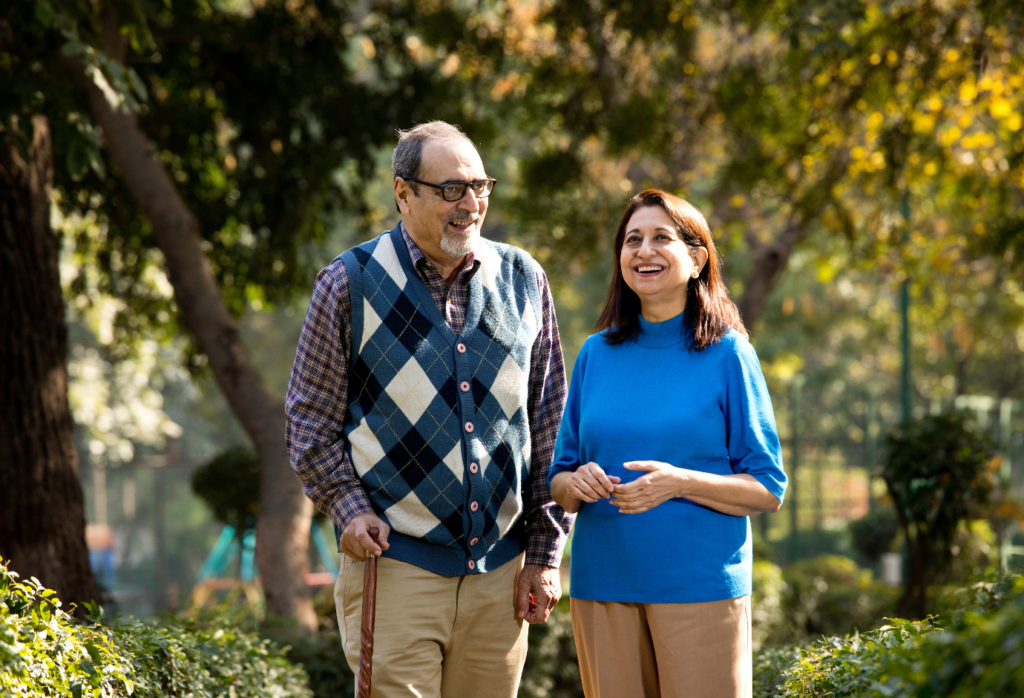A growing number of people entering relationships after 60 are finding that being together and living apart makes for a more enriching lifestyle.
The arrangement of “living apart, together” has become the ideal choice for single women over 60 in the UK, with a new study finding that it is 10 times more popular option than traditional cohabitation or marriage. For single men over 60, the LAT arrangement is roughly 10 times more likely than marriage and almost 20 times more likely than cohabitation.
The arrangement isn’t just a trend among older people. The study found that roughly ten per cent of heterosexual couples across all ages are currently living in different households while maintaining a stable intimate relationship with their partners.
Researchers from Lancaster University and University of London’s Department of Geography revealed that over 60s who are in LAT arrangements (roughly 4 per cent) find it especially beneficial to their mental health.
“When we think about intimate partnerships, we often focus on couples who live under the same roof, but our study draws attention to the complex life circumstances in older age and the importance of intimate relationships that stretch across households,” Lead author Professor Rory Coulter said.
Coulter and his collaborator, Professor Yang Hu from Lancaster University, analysed the data from the United Kingdom Household Longitudinal Study between 2011 to 2023, concentrating on the mental health of subjects, such as levels of negative mental distress (including feelings of loneliness, sadness, depression) and positive mental well-being (such as energy levels, feeling useful, ability to confront problems) among older adults. Their research, published in Journal of Family Issues is the first national study of its kind looking at how LAT affects the health and wellbeing of older adults.
Those over 60 engaged in LAT reported lower mental distress and better mental well-being. Researchers suggested that a growing number of older people may be choosing the LAT lifestyle because they wish to avoid potential ‘decoupling’ logistics, which can involve moving out of a shared residence, dividing property and assets, and undergoing complicated and expensive divorce proceedings.
“While societies and governments have long emphasised the importance of building strong households for the well-being of individuals, our findings highlight the value of going beyond the household as a default ‘building block’ of families and societies,” Co-author Professor Yang Hu from Lancaster University added.
“It’s time we see and recognise the strength of often invisible intimate ties beyond the household in sustaining older adults’ well-being.”
The study also revealed that LAT yields a more gender-egalitarian lifestyle for older women and men to gain mental health benefits through intimate relationships.
The trend of LAT has been growing over the last few years, perhaps because it “allows for something called individuation,” according to author Lucy Beresford. “Emotionally, we need to be resilient. It’s the opposite of codependency and collapsing on your partner.”
A 2021 Pew Research Centre study found that in the US, roughly 38 per cent of people aged 25 to 54 are choosing not to live with their intimate partners.

